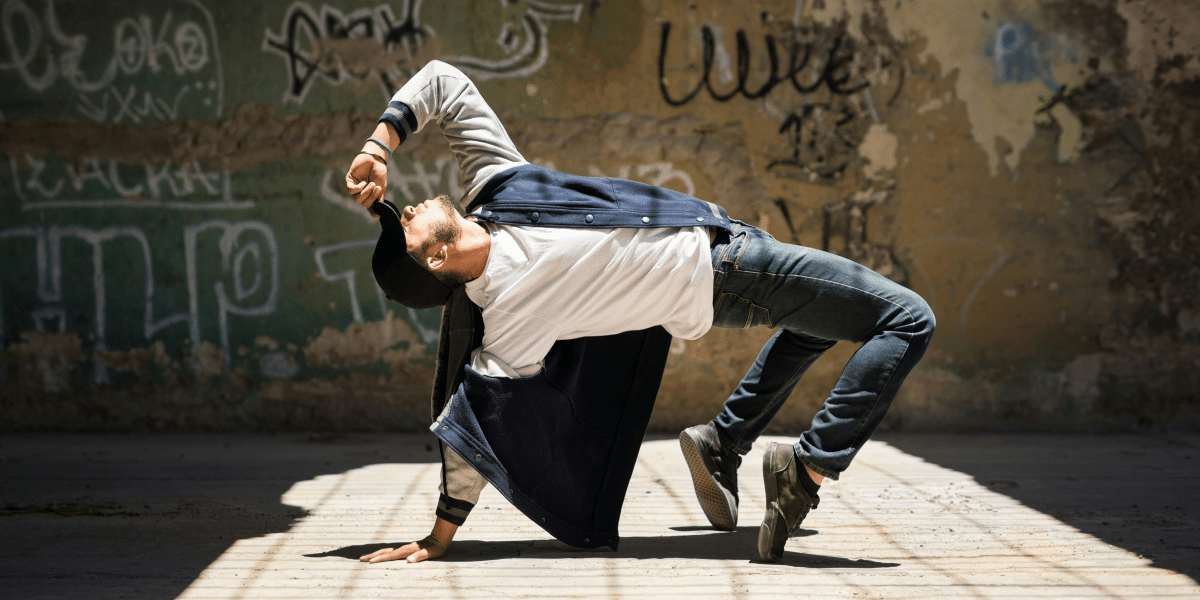Hip dips, the slight inward curve between the hip bone and the top of the thigh, are a natural part of many body types. However, for those seeking to enhance the appearance of their hips or reduce the prominence of hip dips, a holistic approach combining exercise, nutrition, and skincare can make a significant difference. In this comprehensive guide, we will explore a variety of strategies to address hip dips, from core strengthening exercises to connective tissue support and the use of tools and creams.
What are Hip Dips?
Hip dips, also known as violin hips or trochanteric depressions, refer to the inward curve that occurs between the hip bone and the upper thigh. The presence of hip dips is not necessarily a flaw, as they are a natural anatomical structure that is influenced by factors such as bone structure, muscle distribution, and individual variations in body composition and hormone health.
What Causes Hip Dips?
Hip dips are primarily influenced by the shape of your pelvis, muscle distribution and posture, distribution of body fat, and quality of the connective tissue. Some extreme cases of hip dips can even be related to a nutritional or hormone imbalance, and possibly exacerbated by weak postural stance. We will discuss further what this means.
- Pelvic Structure: The shape of the pelvis plays a significant role in the appearance of hip dips. A more pronounced inward curve can create a noticeable dip between the hip bone and thigh.
- Muscle Distribution: The distribution of muscles around the hips and thighs contributes to the visibility of hip dips. Genetics plays a role in determining how muscles are distributed in this area.
- Body Fat Distribution: The distribution of body fat also affects the appearance of hip dips. Lower body fat levels can make hip dips more pronounced, while higher body fat levels may smooth out the contours.
- Connective Tissue: The density and flexibility of connective tissue in the hip and thigh area influence the appearance of hip dips. Some individuals may have more flexible tissue that allows for a smoother transition between the hip and thigh. Hormone levels can be a contributor to this feature.
- Posture Dysfunction: Poor postural stance, such as anterior pelvic tilt where the front of the pelvis rotates forward, and the back of the pelvis rises up, can exaggerate the look of hip dips. This can be due to too much sitting, low physical activity, or possibly suboptimal mineral levels, contributing to weakened ligaments.
Can Exercise Fix Hip Dips?
While there’s no need to feel self-conscious about hip dips, certain exercises and lifestyle adjustments can help enhance the appearance of the hips and create a more sculpted silhouette.
Posture Correcting Core Strengthening to Fix Hip Dips:
One common contributor to the prominence of hip dips is poor posture, particularly a forward-leaning hip posture. Core strengthening exercises play a crucial role in correcting this issue and promoting a more balanced pelvic alignment.
1. Planks:
Incorporate planks into your routine to engage the entire core, including the muscles around the hips. Maintain a straight line from your head to your heels, activating the abdominal and lower back muscles.
2. Bridges:
Perform bridges to strengthen the glutes and hamstrings. Lie on your back, lift your hips toward the ceiling, and squeeze your glutes at the top. This exercise helps stabilize the pelvis and improve hip alignment.
3. Pilates:
Consider adding Pilates exercises to your workout routine. Pilates focuses on core strength and stability, addressing imbalances that may contribute to hip dips.
Corrective Side Hip Exercises For Hip Dips:
Targeted exercises can help build muscle around the hips, creating a smoother transition between the hip bone and thigh. Include the following exercises in your routine to address hip dips directly:
1. Side Leg Raises:
Lie on your side and lift your top leg toward the ceiling, engaging the muscles on the side of your hip. Perform controlled movements to avoid straining the lower back.
2. Clamshells:
While lying on your side, bend your knees and open and close them like a clamshell. This exercise targets the muscles around the hips and helps improve definition.
3. Lateral Band Walks:
Use a resistance band around your thighs and take lateral steps. This exercise engages the muscles responsible for hip abduction, contributing to a fuller appearance.
Reducing the Dip in Hips with Nutritional Support for Connective Tissue:
Collagen is a crucial protein that supports connective tissue, and deficiencies can contribute to the appearance of hip dips. Consider incorporating the following nutritional strategies:
1. Collagen Supplements:
Take collagen supplements to support deep collagen production. Collagen peptides, often available in powder or capsule form, can help improve skin elasticity and connective tissue health.
2. Trace Minerals:
Ensure you’re getting sufficient trace minerals, such as zinc and copper, which play a role in deep collagen synthesis and are crucial for a plush healthy subdermal layer. A balanced diet with a variety of nutrient-rich foods can contribute to overall skin health.
3. Hormonal Balance:
Address hormonal imbalances, if present, as they can impact body composition. Consult with a healthcare professional to assess and manage any nutrient deficiencies that contribute to suboptimal hormone levels.
Incorporating Tools to Address Hip Dips:
When hip dips have been pronounced for an extended period, tightening of the fibrous bands of connective tissue may occur. Tools can be beneficial to help soften and release the locked depressions that may be present.
1. Foam Rollers:
Use foam rollers to massage and release tension in the muscles around the hips. Foam rolling can enhance flexibility and improve the overall appearance of the hips.
2. Massage Balls:
Target specific areas with massage balls to break up tightness and improve circulation. This can be particularly effective in addressing any muscle imbalances contributing to hip dips.
3. Gua Sha:
Deep scraping gua sha tools are excellent to have in the arsenal to help break up the tension in hip dips. Using a large curved blade or comb-shaped gia sha made of stone or stainless steel is highly beneficial to release the tightness.
Firming Creams for Enhanced Results:
Firming creams like Boustise Bum Plumping Cream can be a complementary addition to your hip dip-fixing routine, helping to hydrate the skin, improve elasticity, and create a smoother contour.
1. Ingredients to Look For:
Choose firming creams with ingredients like retinols, hyaluronic acid, and collagen-boosting ingredients. These can help support collagen-producing cells and improve the texture of the skin around the hips.
2. Application Technique:
Massage the firming cream onto the hips using upward and circular motions. Consistency is key, so apply the cream daily to see the results over time.
Additional Tips for Success:
1. Stay Consistent:
Achieving visible results takes time and consistency. Stick to your exercise routine, nutritional plan, and skincare regimen for lasting improvements.
2. Mindful Eating:
Adopt a balanced and nutritious diet that supports overall health. Focus on whole foods, lean proteins, and a variety of fruits and vegetables to provide your body with the nutrients it needs.
3. Celebrate Progress:
Take note of your progress, whether it’s improved strength, enhanced muscle definition, or a more confident posture. Celebrate these victories along the way.
Conclusion
Fixing hip dips is a multi-faceted journey that involves a combination of targeted exercises, nutritional support, and skincare practices. By incorporating core-strengthening exercises, corrective side hip movements, collagen supplements, and supportive tools, you can work towards achieving a more sculpted and confident silhouette.
Remember, the key is to embrace the process, stay consistent, and celebrate the positive changes you experience along the way. With dedication and a holistic approach, you can unlock the confidence that comes with a body that feels strong, balanced, and beautifully unique.









